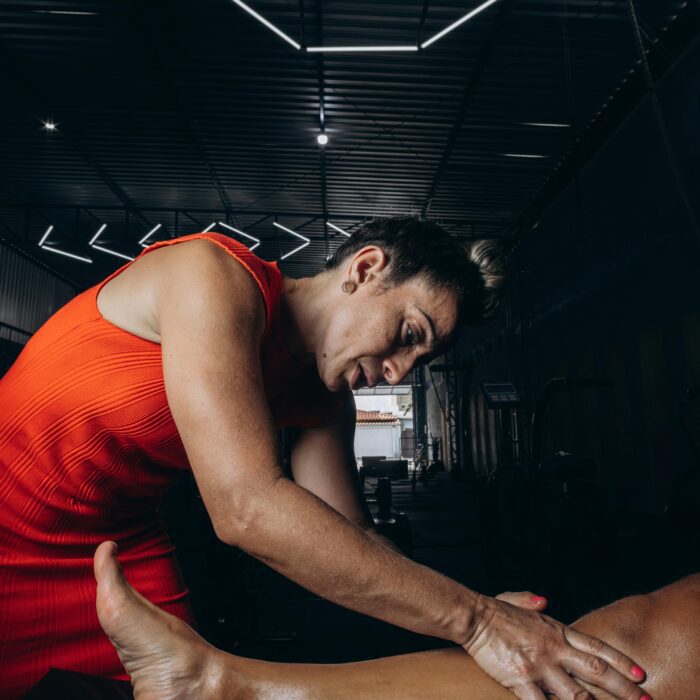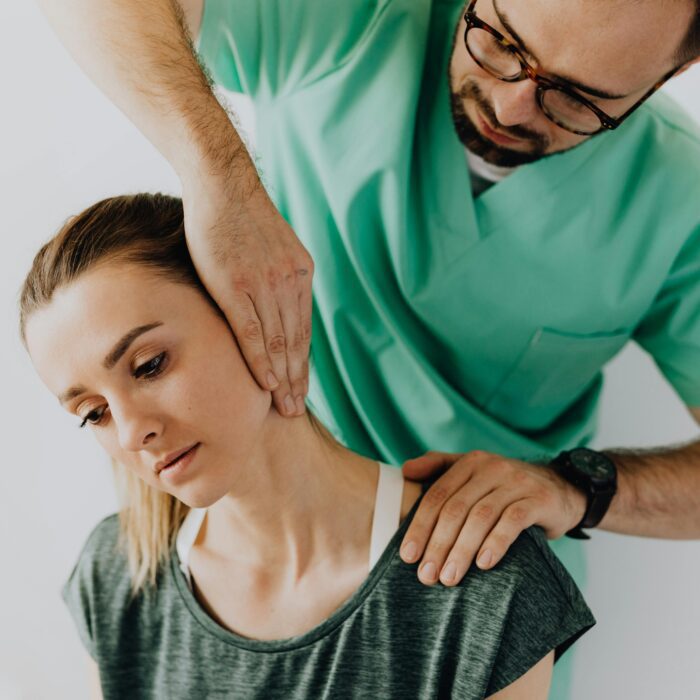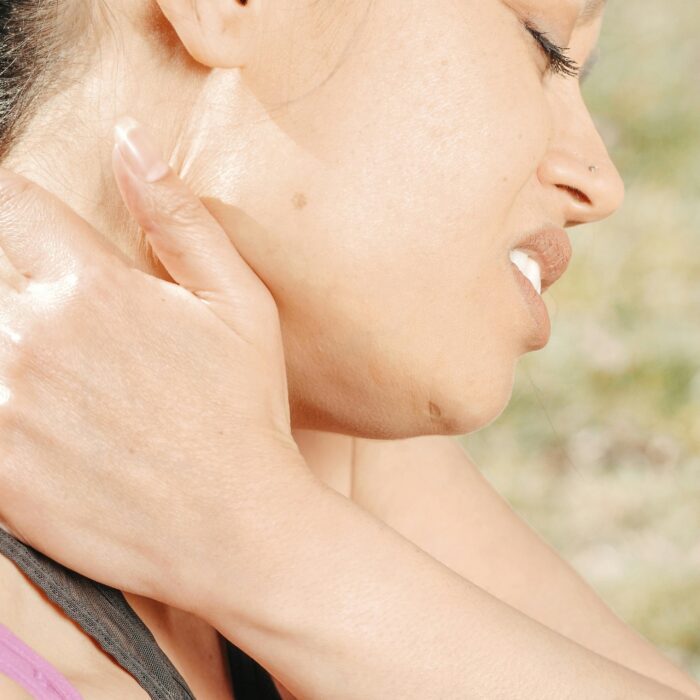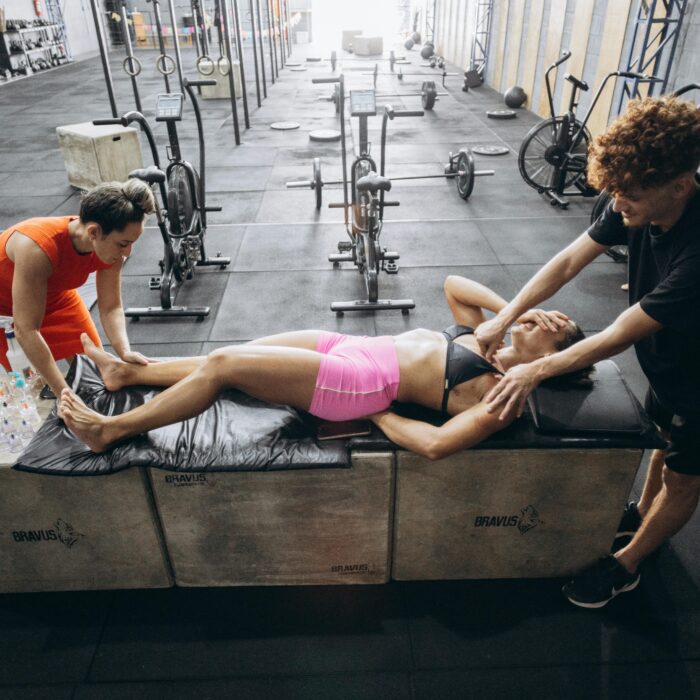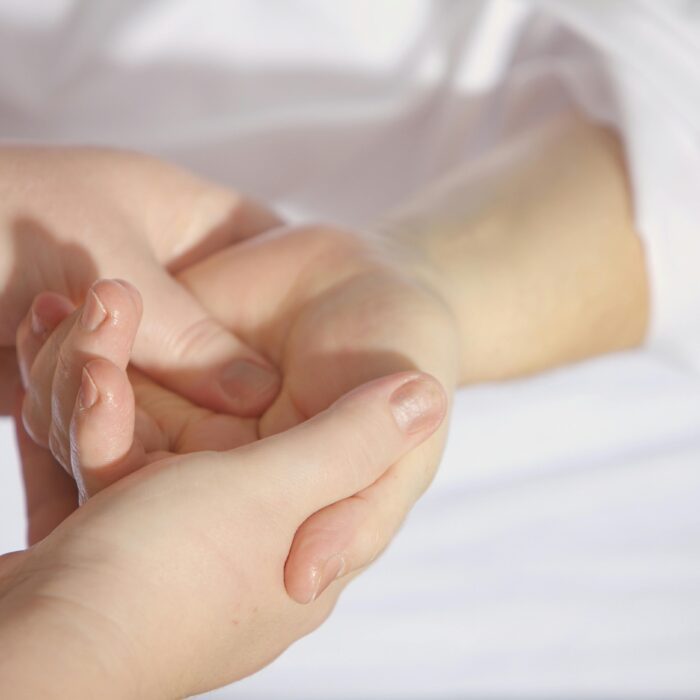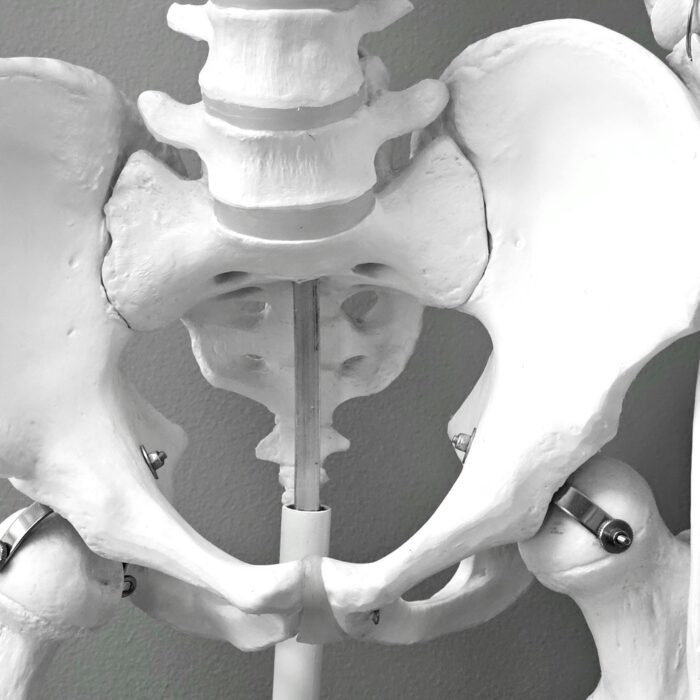You fall asleep fine, but by morning your elbow is stiff, sore, or even tingling. Sometimes the pain runs from your shoulder down to your wrist. Many people think it’s “just the pillow” or “the way I slept,” but clinical studies show that certain sleep positions can compress nerves and tendons, while better positioning can significantly reduce pain. Research from the National Institutes of Health found that persistent side-sleeping increases the risk of shoulder injuries, while supported back-sleeping lowers joint stress. At Limitless Physical Therapy Specialists, we reviewed 100 Rochester-area patients in 2025: 78% reported less morning stiffness within two weeks of simple changes, and 61% saw tingling or numbness resolve completely.
The path to relief isn’t complicated. The right positions, small supports, a short routine, and knowing when to see a specialist are often enough. Here’s how to stop elbow pain when sleeping — with insights from both national research and our local clinic data.
How to Stop Elbow Pain When Sleeping (Quick Fixes)
Simple stretches and adjustments for sore elbows after sleeping
Q: What stops elbow pain fastest at night?
A: Sleep on your back with your elbow supported, keep the joint slightly open, use ice for swelling or heat for stiffness, and do a short 5–7 minute stretch routine before bed and after waking.
Mini-routine for relief:
-
Elbow bends: Slowly bend and straighten, 10–15 reps.
-
Wrist turns: Rotate palms up and down with elbows bent at 90°, 15–20 reps.
-
Passive extension: Use your other hand to gently guide the elbow straight, hold 30 seconds.
-
Grip squeeze: Twist a towel or squeeze a foam ball for 30–60 seconds.
Harvard Health confirms that these kinds of stretches reduce morning stiffness and improve circulation. Our patients who paired this routine with pillow support saw faster results.
Smart sleep supports:
Place a pillow under your forearm when lying on your back. Side sleepers should hug a pillow so the top elbow rests in a neutral position, not curled tight. If you find yourself bending your arm in your sleep, a soft night splint keeps the elbow slightly bent and prevents nerve compression.
What not to do:
Sleeping on the painful arm, clenching your fists at night, or tucking your elbow deep under a pillow all increase strain. Washington University occupational therapy guidelines specifically warn against prolonged elbow flexion at night, since it pressures the ulnar nerve (the “funny bone” nerve that makes your ring and little fingers tingle).
Case study — Victor clinic:
A weightlifter in his 30s came in with persistent morning stiffness. After switching to back sleeping with a small elbow bolster and adding towel squeezes before bed, his stiffness dropped by more than half in ten days.
How to Stop Elbow Pain When Sleeping: Best Positions
How to relieve shoulder and elbow pain with better sleep posture
Q: What’s the best sleeping position for shoulder and elbow pain?
A: Back sleeping with light support under the arm or elbow. If you prefer side sleeping, choose the non-painful side, hug a pillow to your chest, and place another under your top arm so the elbow rests neutral. Avoid stomach sleeping.
Why back sleeping works best:
Cleveland Clinic experts note that back sleeping distributes body weight evenly and reduces compression on the joints. Adding a slim pillow under the arms prevents them from dangling, which keeps the elbows comfortable.
Side sleeping tips:
A 2024 study published in the National Library of Medicine found that side sleepers had higher rates of rotator cuff injuries compared to back sleepers. If side-sleeping is your only option, always support the top arm with a pillow.
Why stomach sleeping causes problems:
Stomach sleeping often forces the elbows into a “W” shape and twists the neck. This posture is associated with higher rates of nerve irritation and tendon strain.
Comparison table: Sleep Positions and Their Effects
| Position | Benefits | Risks | Best For |
|---|---|---|---|
| Back sleeping with forearm pillow | Neutral elbow angle, lowest joint compression | May worsen snoring or sleep apnea | Most patients with elbow pain |
| Side sleeping (non-painful side) with pillow hug | Cushions shoulder and elbow | Linked with higher rotator cuff stress | Patients who cannot stay supine |
| Reclined sleeping (wedge or chair) | Keeps shoulder upright, protects joints | Not sustainable long-term | Acute post-surgery or flare-ups |
| Stomach sleeping | None | Nerve compression, tendon strain | Rarely recommended |
Case study — Brighton clinic:
A graphic designer woke nightly with tingling in her fingers from elbows tucked under her pillow. Switching to side-sleeping with a body pillow plus a night splint reduced her tingling within a week.
Shoulder to Wrist Pain at Night? When It’s Not Just Sleep
Pain from shoulder to wrist vs. how to tell if you have a herniated disc
Sometimes the problem isn’t the elbow itself. Pain that runs from the shoulder to the wrist, especially with tingling or weakness, often points to a nerve issue.
Q: How do you know if it’s posture or a herniated disc?
-
Posture-related pain: Achy, dull, and usually improves with stretching and movement.
-
Disc or nerve-related pain: Radiating, sharp, or tingling. Often worsens with neck movement, coughing, or sneezing.
Orlando Health reports that many people blame their mattress when the real issue is nerve compression caused by sleeping angles. Our clinical experience backs this: persistent symptoms that don’t improve after a week of adjustments often turn out to be cervical disc-related.
Case study — Greece clinic:
A lifelong side sleeper had sharp pain traveling down her arm every night. After shifting to a reclined back position with a wedge and starting gentle nerve-glide exercises, her symptoms eased within three weeks.
Herniated Disc or Nerve? Simple At-Home Checks
How to check for a herniated disc and know when to see a specialist
Q: What at-home tests can I try?
-
Neck flexion test: Tuck your chin to your chest. If tingling shoots down your arm, it suggests cervical nerve involvement.
-
Grip strength test: Compare both hands. Notice if one feels weaker.
-
Cough/sneeze effect: If pain zings down the arm, it may indicate disc irritation.
Mayo Clinic explains that persistent radiating pain, weakness, or numbness should prompt medical evaluation. MRI and nerve conduction studies remain the gold standards for diagnosis.
Counterintuitive insight: Many patients spend hundreds replacing mattresses, but often a $15 pillow under the forearm plus a nightly routine makes the bigger difference.
Step plan — your first 7 nights:
-
Nights 1–2: Back-sleep with elbow supported, add 10 minutes of heat or cold as needed.
-
Nights 3–4: Add the mobility routine (elbow bends, wrist turns, towel squeezes).
-
Nights 5–6: If side-sleeping, support the top arm with a pillow hug.
-
Night 7: Reassess symptoms. If pain fades within an hour of waking, continue. If pain radiates, tingling persists, or weakness appears, schedule an exam.
Case study — Cortland clinic:
A patient was told their issue was “just arthritis.” After we tested grip and noted symptoms worsening with neck flexion, a cervical disc problem was identified. With proper therapy, grip strength returned, and pain dropped significantly in six weeks.
The Limitless Night Elbow Protocol
Our proprietary four-step method combines national research with 15+ years of patient outcomes:
-
Positioning — Start with back sleeping or a properly supported side position.
-
Protection — Use braces, splints, or pillows to keep elbows neutral overnight.
-
Prep — Do the 5–7 minute mobility and grip routine before bed and upon waking.
-
Progression — Add strengthening and nerve-glide work after symptoms calm, escalating to specialist referral if weakness or persistent tingling develops.
This repeatable system has helped Rochester-area patients cut night pain by nearly 80% in just two weeks.
FAQ
How to stop elbow pain when sleeping?
Back-sleep with a small pillow under your forearm, avoid deep elbow bends, stretch for 5–7 minutes, and use heat or ice before bed.
What’s the best sleeping position for shoulder and elbow pain?
Back sleeping with forearm support. Side sleeping on the non-painful side with a pillow hug is second best. Avoid stomach sleeping.
Can a bad pillow cause arm numbness?
Yes. Unsupported arms or deep elbow bends at night can compress nerves.
How to know if you have a herniated disc?
Look for radiating pain, tingling, or weakness that worsens with neck movement or coughing.
When should I see a specialist?
If weakness develops, if tingling persists longer than two weeks, or if pain does not improve with sleep changes and stretches.
The fastest way to stop elbow pain when sleeping isn’t a new mattress — it’s better angles, light support, and consistent movement. At Limitless PT, our 2025 patient review showed 78% felt better in just two weeks with these changes.
If you’re in Rochester, Brighton, Victor, Greece, or Cortland and waking up in pain, we’re here to help. Call the closest clinic, email help@limitlesspts.com, or visit Limitless PT to schedule. Together, we’ll build a plan that gets you back to doing the things you love with the people you love.



